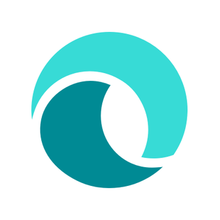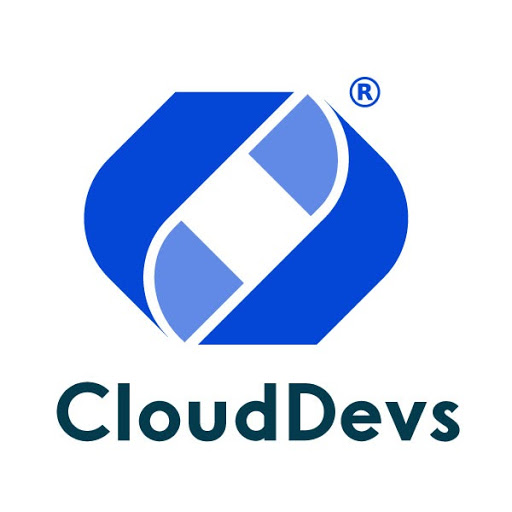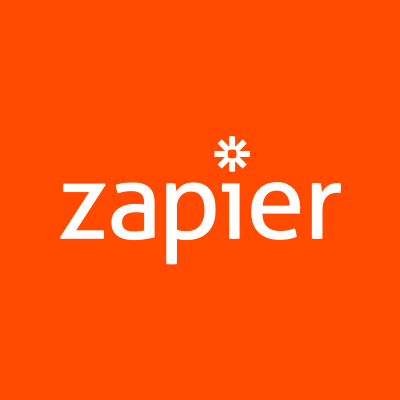We Bootstrapped A Tech Talent Platform To $1.2M Sales In Our First Year
Hello! Who are you and what business did you start?
Hello! I’m one of the co-founders of CloudDevs. We started this company in 2019 with a mission to change things around in the tech talent-hiring industry. We launched for sales in March of 2020, right before the initial lockdown due to the Covid 19 pandemic.
CloudDevs, our flagship product, came into existence after several attempts at other startups. CloudDevs is an initiative to source the best freelance tech talent, conduct rigorous screening and vetting on them, and match them up with companies or individuals looking to hire talented developers and designers to create tech projects.
So, CloudDevs is essentially a tech talent platform where you can hire senior developers and highly vetted designers on a freelance basis. Most of our customers are founders and entrepreneurs looking to build their own tech startups.


Download the report and join our email newsletter packed with business ideas and money-making opportunities, backed by real-life case studies.

Download the report and join our email newsletter packed with business ideas and money-making opportunities, backed by real-life case studies.

Download the report and join our email newsletter packed with business ideas and money-making opportunities, backed by real-life case studies.

Download the report and join our email newsletter packed with business ideas and money-making opportunities, backed by real-life case studies.

Download the report and join our email newsletter packed with business ideas and money-making opportunities, backed by real-life case studies.

Download the report and join our email newsletter packed with business ideas and money-making opportunities, backed by real-life case studies.

Download the report and join our email newsletter packed with business ideas and money-making opportunities, backed by real-life case studies.

Download the report and join our email newsletter packed with business ideas and money-making opportunities, backed by real-life case studies.




















